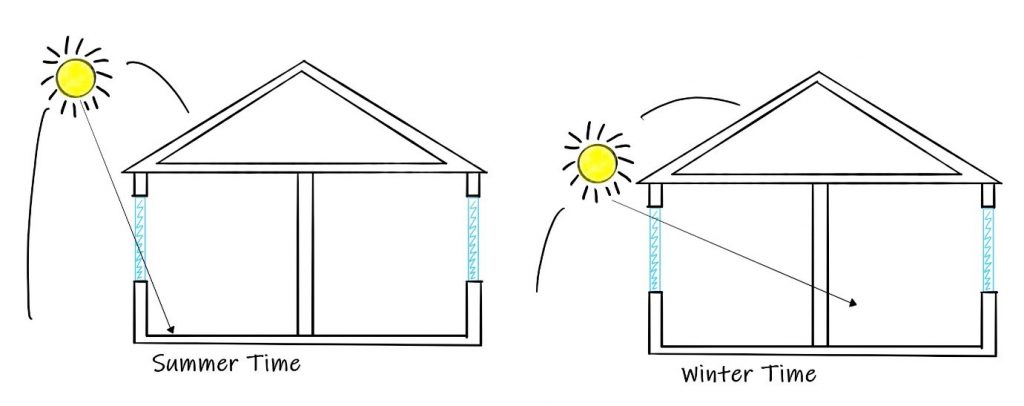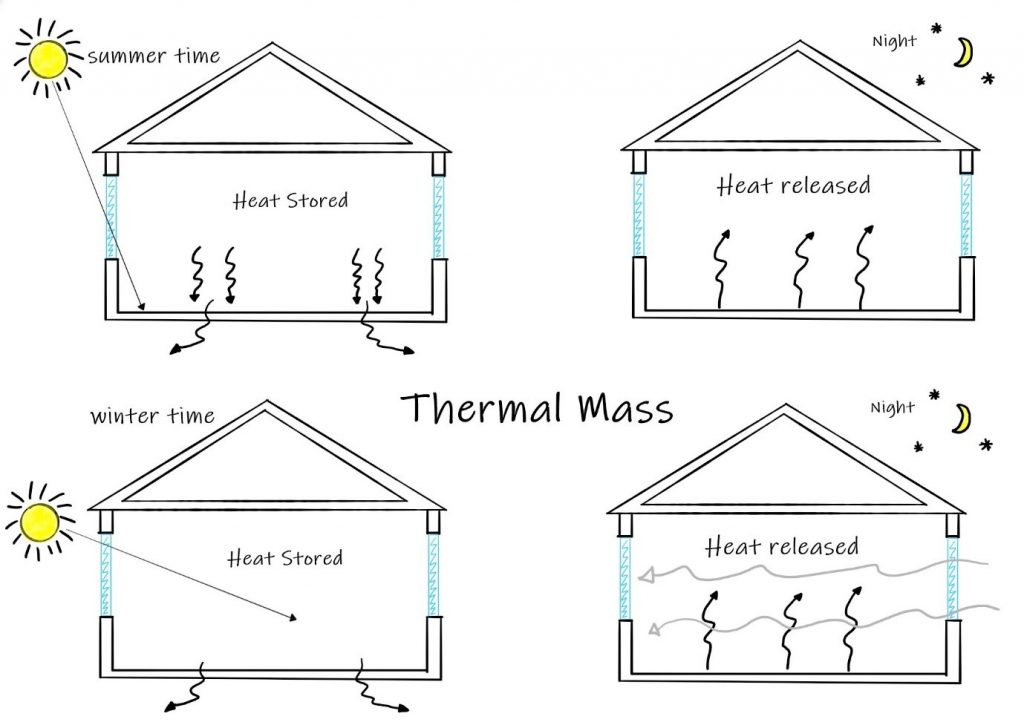Most new homes in Australia are required to be designed and constructed with a six-star energy rating. But not all of us live in modern properties. While we’d love the high rating to be a default, it’s not the case. If you live in an older house in Adelaide, it’s especially important to learn about how to reach energy efficiency through construction optimisation.
A rating is attributed to a household, based on the amount of energy required to heat or cool it throughout the year. The higher the rating (0 to 10) the more efficient a home is. To provide a star rating, engineers and qualified technicians assess residential buildings, where an expert will inspect the following aspects of a home:
For Adelaide builders and engineering companies (who offer advice on how to improve construction productivity), these factors are key priorities (rather than a second thought).
Those sun-drenched afternoon hang-out spaces aren’t just uber relaxing. They’re ideal for energy efficiency, too. Aim for north-facing living areas that capture sunshine through large windows – with bedrooms located on the south side of the house.

A long axis of the house running east to west is advised, because of the lower angle of the sun in winter. Large windows on the north side of their house are desirable to welcome in winter sunshine, while those same windows limit the heat entering during summertime. If you’re building a new house, take into consideration overshading from trees and neighbouring properties.
Opt for open plan designs that make the best use of available space and circulate air freely through the home. However, having the option to open and close doors to control air temperature is important.
The choice of building materials will also impact the energy rating of a house. This is where the expertise of a structural engineer, privy to the Adelaide building world, comes in.

Assessors examine the building’s capacity to retain heat (its thermal mass). Materials such as brick and masonry walls display high thermal mass, without dramatically altering the temperature. So, with strategic use of materials, you can keep internal temperatures stable.
The third pillar in increasing energy efficiency is insulation. Windows, doors, ceilings, floors and cracks disrupt temperature control in the home. Common remedies include adding insulation into the roof and seating spaces as well as sealing the windows, doors, floors and ceilings and filling visible gaps.
Reaching a high energy star rating is beneficial for a number of reasons. You’ll enjoy lower utility bills (electricity and gas), which will save you money year-after-year.
The home will be healthier and more comfortable, with an improved ventilation system. Because you’ve managed the excess humidity, there’s less mildew and other hazards, thereby achieving a better standard of living.
On the topic of respiratory health, air quality is better because you’re not relying as much on heating and cooling. With carefully sealed access points (thanks to insulation), you’ll also experience fewer issues with household pests.
With all of these benefits, in the short term you’re more likely to pay less in house insurance and save on energy costs. Over the long-term, you can look forward to a better resale value when you choose to sell the property, and of course, the rewarding feeling of doing your part for the earth… and future generations.
For specific advice on how to make your home more energy efficient, book a free 20-minute consultation with Naveesh, our leading construction Adelaide expert. Being Adelaide engineers across residential, commercial and civil, we know building efficiency.
#